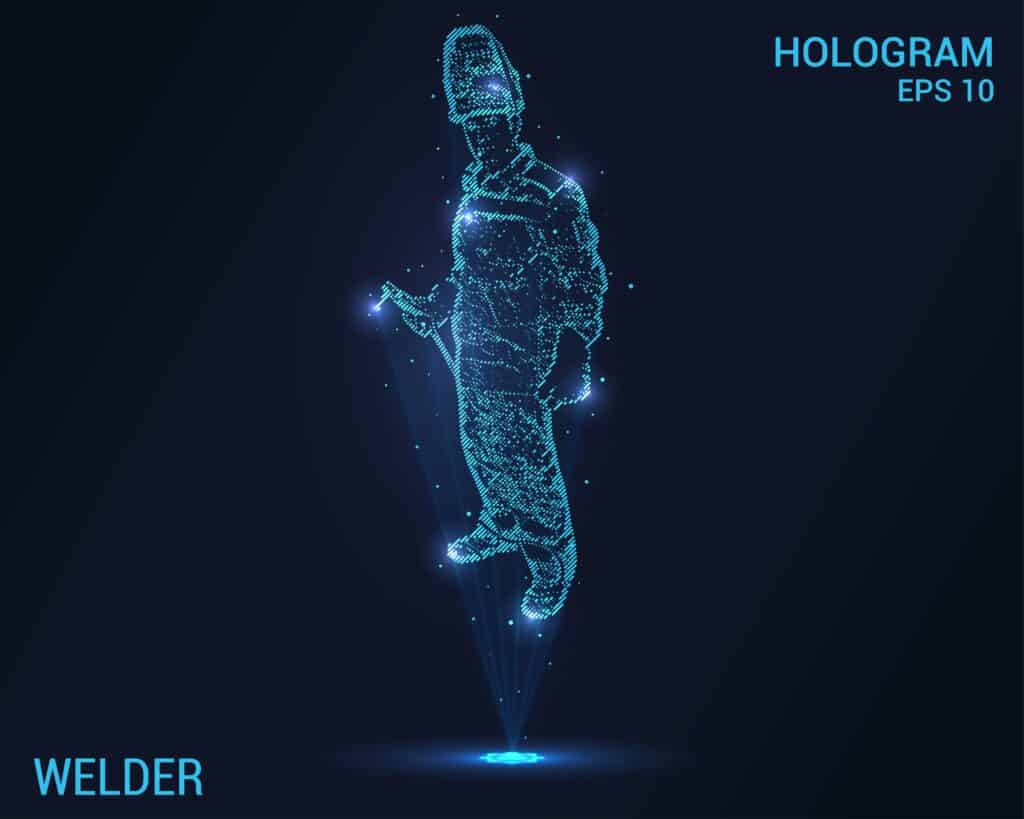
Data is what makes much of the modern world run. Data analysis is increasingly being used in industries to refine designs, develop more efficient procedures, and improve the quality of work overall. Welding is no different. Weld process data capture enables the storage of in-depth information about how welds are made, while weld data analytics offers insights into that data that can be used to make improvements in welding processes.
The ability to collect and store weld data over the long-term is what enables both analysis and the resulting benefits. The Internet of Things (IoT) helps make this possible by enabling the direct transmission of data from welding power supplies to cloud-based weld data storage systems, making it possible to access data from anywhere around the world.
The Advantages of Weld Data Storage
One of the immediate advantages of weld data storage is that it provides a record of quality control. If a structure or project should fail later on, weld data provides a record that proves that the weld was made in accordance with provided weld parameters and that it met project specifications. This helps to shield the company that made the weld from any liability for project failure.
Welding data is able to provide insights into how welds are being made, including the productivity of each welder on a project.
Weld data storage also provides a record of results across time. For example, if a company decides to purchase its metals for a lower price from a new supplier, they can compare weld data year-over-year to find out if the change has affected weld quality. Lower quality materials may cost more money over the long-term because of the need to do additional joint preparation work or to rework welds with defects. The ability to review weld data collected over time allows a welding company to optimize its material, equipment, and labor decisions.
Of course, welding data is also able to provide insights into how welds are being made, including the productivity of each welder on a project. The best and most productive welders can provide an example of how welds should be performed and their data can provide a basis for educating other welders.
Why Analyze Stored Welding Data?
When information is recorded across numerous welds and that data is dissected, it can reveal more than just how fast welds are being made or the quality of each weld. Exceptions in the data can be identified and can lead to improvements. For instance, a welding machine with the amperage set slightly higher than specified may result in unexpectedly better quality welds. This result would be effectively invisible without long-term weld data storage and a program of analysis that is able to parse that data. Weld data capture and analytics is also still very new, and it may have benefits that are not apparent yet.
The benefits of weld data analysis that are known and have been used effectively are:
- Preventative Maintenance: The data recorded through welding sensors may report that a welding machine’s actual temperatures don’t align with what the temperatures should be based on the machine’s setting. This would signal to the user or weld engineer that the machine requires maintenance in advance of a critical failure or error, allowing maintenance to be done much more cost-effectively and avoiding a longer downtime for repair.
- Quality Improvements: Weld data monitoring and storage makes it possible to discern long-term trends in welding. It can illustrate recurring quality issues in certain alloys, materials, or welding processes. As a result, weld data analysis can lead to significant improvements in how certain processes are performed and the qualification of new welding parameters for specific uses.
- Production Increases: The analysis of weld data can alert office-level management to nuisances that welders may experience on the shop floor but not report because they seem minor. These seemingly small issues can create production bottlenecks if they are frequently encountered and resolving them can lead to significant welding productivity improvements.
Weld data storage can bring the benefits above to many industries, including companies in construction and manufacturing where welding processes are a major part of production. However, these benefits can be hard to reap if welding data is merely copied to a hard drive and stored without ever being reviewed alongside data from similar welds. Storing weld data in the cloud is one way of making this data easier to review and analyze.
The Advantages of Cloud-Based Weld Data Storage
Cloud-based data storage offers the benefit of being accessible from anywhere an internet connection is available and to anyone who has been granted access. For companies with experts at different locations around the world, cloud-based storage makes it possible for each employee to review the data they need to see—and even to access the same data at the same time. As a result, not only does a cloud-based system offer the benefits of weld data storage, it makes it easier to gain valuable insights from that data.
Welding machines are just beginning to be built to support the additional sensors needed for in-depth weld recording.
The biggest hurdle for those interested in utilizing cloud-based weld data storage and analysis is simply that weld data collection and cloud storage is not yet widely available. Welding machines are just beginning to be built to support the additional sensors needed for in-depth weld recording. Not all welding power supplies offer the hard drives and data ports needed for data transfer, either. However, welding system manufacturers like Arc Machines, Inc. are looking to the future and already offer welding machines that are future-proofed with sensors to enable weld data collection and analysis.
Arc Machines designs sophisticated orbital welding heads and power supplies with onboard computers, hard drives, and ethernet ports for weld data storage on-site or in the cloud. For inquiries regarding products, contact sales@arcmachines.com. For service inquiries, contact service@arcmachines.com. Contact us to learn more about custom orbital welding solutions.





